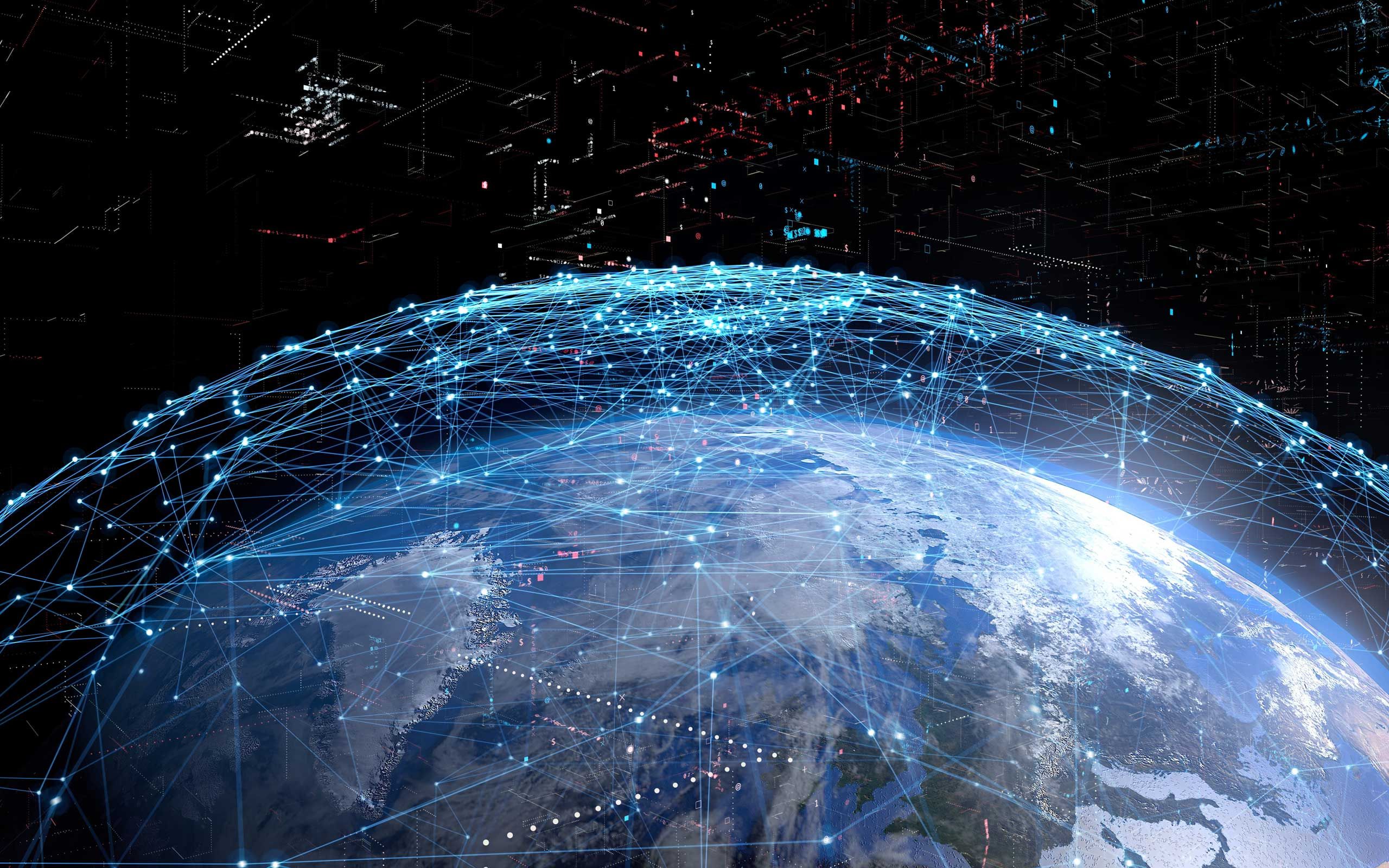Nurturing a Secure Cybersecurity Framework: Unveiling the Essential Requirements of ISO 27001
Today’s digitally driven environment is characterized by unprecedented connectivity and information exchange, and as such, the safeguarding of sensitive data and the preservation of organizational integrity have taken center stage.
Amidst an evolving landscape of cyber threats and vulnerabilities, the International Organization for Standardization (ISO) introduced ISO 27001 in 2005, a globally recognized standard that sets the benchmark for information security management systems (ISMS).
Context Establishment and Leadership Commitment: Building the Foundation
The journey toward ISO 27001 compliance commences with the establishment of the organizational context. Organizations must define their scope, identify information assets, and understand the context in which the ISMS will operate. Leadership commitment plays a pivotal role, as top management must champion the cause of information security, allocate resources, and establish an information security policy that sets the tone for the entire organization.
Risk Assessment and Treatment: Identifying and Mitigating Vulnerabilities
A cornerstone of ISO 27001 is the systematic identification and assessment of risks that could potentially compromise information security. Organizations must conduct a comprehensive risk assessment to understand threats, vulnerabilities, and potential impacts. Based on the assessment, they develop and implement a risk treatment plan that outlines measures to mitigate, transfer, or accept risks.
Information Security Objectives and Planning: Guiding the Path
ISO 27001 encourages organizations to set clear information security objectives aligned with their broader business goals. These objectives serve as beacons guiding the planning, implementation, and evaluation of information security controls. Organizations must formulate a risk treatment plan that outlines specific actions, responsibilities, and timelines for achieving their security objectives.
Implementation and Operation: Breathing Life into Security Measures
This phase entails the actual implementation of information security controls, those listed in Annex A of ISO 27002. Organizations are to thus establish a framework that encompasses human resources security, asset management, access control, cryptography, and dozens of other controls from Annex A. Clear procedures and guidelines are put in place to ensure that security measures are effectively executed and monitored.
Performance Evaluation: Measuring and Monitoring Success
To ensure the effectiveness of the ISMS, ongoing performance evaluation is essential. Organizations are required to conduct internal audits to assess compliance, identify gaps, and recommend improvements. Regular management reviews provide a platform for top management to review the ISMS's performance, evaluate the suitability of controls, and make informed decisions for continuous improvement.
Continuous Improvement: The Sustained Journey
The ISO 27001 journey is far from static, instead, it is a continuous process of enhancement, driven by a commitment to adapt to evolving threats and challenges. Organizations analyze audit and review results to refine their information security controls, bolstering their defense mechanisms and advancing their overall cybersecurity posture.
Documentation and Evidence: The Pillars of Accountability
Central to ISO 27001 is the establishment of a robust documentation framework. Organizations are required to maintain a range of documentation, including policies, procedures, risk assessments, and records of corrective actions. This documentation provides a comprehensive trail of evidence showcasing the organization's commitment to information security.
Legal and Regulatory Compliance: Navigating the Legal Landscape
ISO 27001 recognizes the importance of legal and regulatory compliance in information security. Organizations must demonstrate conformity with relevant laws, regulations, and contractual obligations. This requirement ensures that the ISMS aligns with the legal framework governing data protection and security for some of today’s most demanding compliance mandates, such as SOC 1, SOC 2, HIPAA, FISMA, and more.
Human Resources Security: Empowering the Protectors
The human element is a critical factor in information security as organizations must establish guidelines for employee security awareness, training, and responsibilities. This ensures that every individual within the organization understands their role in upholding information security principles.
Incident Management and Response: Swift Action in the Face of Threats
Preparedness for incidents is fundamental to ISO 27001 as organizations establish an incident management and response framework to promptly detect, report, and manage security incidents. This approach minimizes the impact of potential breaches and accelerates recovery.
Business Continuity Management: Ensuring Uninterrupted Operations
Business continuity planning is integral to ISO 27001 as organizations must assess potential disruptions, formulate strategies to maintain critical functions during crises, and establish contingency measures. This safeguards not only information security but also the continuity of business operations.
Supplier Relationships: Extending Security Beyond Boundaries
The interconnected nature of modern business demands vigilance in supplier relationships. Organizations evaluate the security practices of third-party suppliers, partners, and vendors, ensuring that their information security measures align with ISO 27001 standards.
Asset Management: Nurturing the Digital Ecosystem
Effective asset management is vital to information security as organizations must identify and classify information assets, determine ownership, and implement measures to protect these assets from unauthorized access, alteration, or destruction.
Access Control: Gatekeepers of the Digital Realm
Access control is a cornerstone of ISO 27001 as organizations define access rights, implement authentication mechanisms, and establish strict authorization procedures to prevent unauthorized access to sensitive information.
Communications and Operations Management: Orchestrating Secure Practices
Effective communication and operations management are integral to ISO 27001 compliance. Organizations establish procedures for secure information exchange, secure system operations, and protection against malware, ensuring the integrity and availability of information.
In the world of ISO 27001 compliance, each requirement harmoniously contributes to the overarching goal of information security. As organizations navigate the digital landscape's challenges, ISO 27001 stands as a guiding light, providing a comprehensive framework to nurture a secure sanctuary for digital assets.
Through meticulous risk assessment, strategic planning, diligent implementation, and continuous improvement, organizations not only safeguard their data but also fortify their resilience in the face of evolving cyber threats. In the evolving landscape of digital vulnerabilities, ISO 27001 serves as a steadfast ally, empowering organizations to defend their digital fortresses and pave the way for a secure digital future.
WORLD CLASS ISMS SECURITY DOCUMENTS
More Posts
Talk to MorganHill today and Get the Answers You Need
Scope: We'll help you define important scoping parameters.
Documentation: We'll help you develop all required policies and procedures.
Guidance: We'll guide you through the ISO/IEC process from start to finish.
One Price: Our fees for all services are fixed.
Wherever you are in North America, Europe, Africa, or Asia, MorganHill is ready to assist.
Expertise: Since 2006, we have been an industry leader for ISO/IEC.
Knowledge: We've worked with every ISO/IEC standard currently in print.
Industry: We've worked in every major industry/sector.

Health Technology Case Study
Four months after completing all necessary pre-certification work, the organization obtained ISO/IEC 27001 certification from an accredited ISO ANAB body that we recommend to them.

Cybersecurity Case Study
Obtained ISO 27001 certification from an accredited ISO ANAB body that I recommend to them.

Manufacturing Case Study
Four months after completing all necessary pre-certification work, the organization obtained ISO 27001 certification from an accredited ISO ANAB body that we recommend to them.

Healthcare Case Study
Three months after completing all necessary pre-certification work, the organization obtained ISO/IEC 27001 certification from an accredited ISO ANAB body that we recommend to them.





